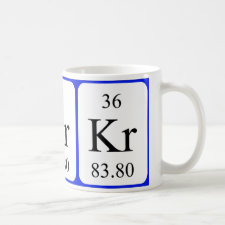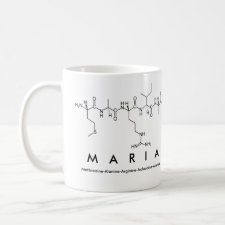
Authors: Foguel MV, Pedro NTB, Wong A, Khan S, Zanoni MVB, Sotomayor M
Article Title: Synthesis and evaluation of a molecularly imprinted polymer for selective adsorption and quantification of Acid Green 16 textile dye in water samples.
Publication date: 2017
Journal: Talanta
Volume: 170
Page numbers: 244-251.
DOI: 10.1016/j.talanta.2017.04.013
Alternative URL: https://www.researchgate.net/publication/315886179_Synthesis_and_evaluation_of_a_molecularly_imprinted_polymer_for_selective_adsorption_and_quantification_of_Acid_Green_16_textile_dye_in_water_samples
Abstract: An alternative for determining environmental pollutants, like textile dyes, is the use of molecularly imprinted polymers (MIPs) as solid phase extraction (SPE) or as sensor recognition systems. MIPs are tailor-made artificial receptor sites in a polymer, which present good affinity and selectivity. This work shows the synthesis of MIPs for the Acid Green 16 (AG16) textile dye and the results of rebinding, selectivity and application of this MIP in water samples. MIP synthesis was performed using AG16 dye (template), 1-vinylimidazole (functional monomer), ethylene-glycol-dimethacrylate (cross-link), 2,2'-azobis(2-methylpropionitrile) (initiator) and methanol (solvent) by bulk synthesis. The imprinted polymer presented excellent rebinding of 83%, an imprinted factor of 6.91 and great selectivity in comparison with other textile dyes. Additionally, the MIP showed high efficiency in the extraction of this dye in water samples, presenting a recovery rate close to 100% and a better performance when compared to commercial SPE cartridges. Due to this excellent performance for AG16, the application of this MIP to determine dyes in different matrices of environmental importance is promising
Template and target information: acid green 16, AG16
Author keywords: molecularly imprinted polymer, dye, Synthetic recognizer, solid phase extraction, Environmental pollutant, Acid green 16



Join the Society for Molecular Imprinting

New items RSS feed
Sign-up for e-mail updates:
Choose between receiving an occasional newsletter or more frequent e-mail alerts.
Click here to go to the sign-up page.
Is your name elemental or peptidic? Enter your name and find out by clicking either of the buttons below!
Other products you may like:
 MIPdatabase
MIPdatabase









